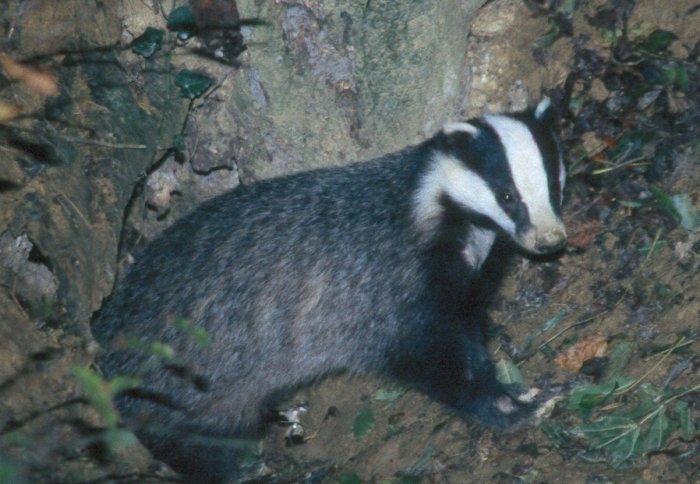Complex relationship between tuberculosis infection and badger behaviour

Debate continues on whether badger culling and/or vaccination should play a role in efforts to control tuberculosis in British cattle.
TB-infected badgers may be more likely to engage aggressively and spread disease further, potentially reducing the impact of some TB control policies
It has long been known that badgers with bite wounds are also more likely to have bovine tuberculosis (bTB) but is bTB being transmitted during an aggressive encounter (and biting) or are badgers that are already bTB-infected more likely to exhibit altered behaviour and get bitten?
Working with David Cox (Oxford University) and Dez Delahay (Food and Environment Research Agency), we used 8 years of data from badgers in the UK to show that both scenarios appear equally likely, as described in September's PLoS ONE. Badgers that had been bitten were more likely to later develop bTB infection and badgers already with confirmed infection were more likely to later be bitten. As well as transmission occurring during an aggressive encounter, infected badgers may exhibit altered behaviour themselves and be treated differently by other badgers. The complex relationship between disease transmission, infection and animal behaviour must be fully considered when designing bTB control policies, which are currently the subject of debate within the UK government.
External media coverage
BBC News, 11 September 2012, "Court battle on badger cull fails
Related Imperial news
"Localised reactive culling raises bovine tuberculosis risk"
MRC centre research
Article text (excluding photos or graphics) © Imperial College London.
Photos and graphics subject to third party copyright used with permission or © Imperial College London.
Reporter
Press Office
Communications and Public Affairs
- Email: press.office@imperial.ac.uk
